Uninhibited Faba (2023) takes the form of a series of artworks that explore the history and future of the humble faba bean (Vicia faba) and how it can help us mitigate climate change, improve food security, and fix nitrogen. The project looks at aesthetic and ethical issues around innovative biotechnological research to improve faba bean crops and enable the so-called ‘protein transition’ from a meat-based to plant-based diet that can better support human and animal health.

Faba beans (also known as field beans, fava beans, horse beans or Celtic beans (and the larger variety known as broad beans)) are some of the most ancient crops in cultivation in Europe and as such are surrounded by myths and legends. These myths include the monstrous notions (from antiquity) that they contain the souls of the dead or represent the gates of Hades (the underworld), and historic prejudices due to their association to poverty, and to their resemblance to the male anatomy.
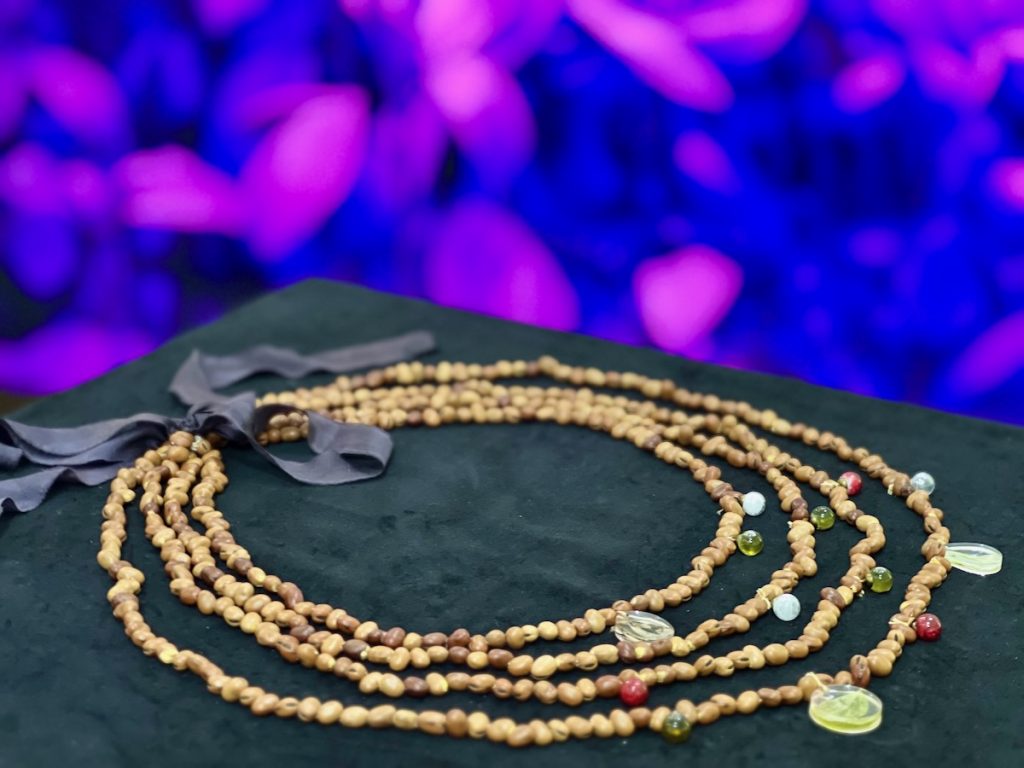
Faba beans grow very well in Europe but there are several problems with them. Notably they cause Favism, a dreadful form of haemolytic anaemia and jaundice that affects 4% of the global population. It is caused by a hereditary genetic abnormality of the red blood cell enzyme glucose-6-phosphate dehydrogenase (G6PD). It is believed this abnormality might be protective against malaria (in a similar way to sickle cell anaemia).
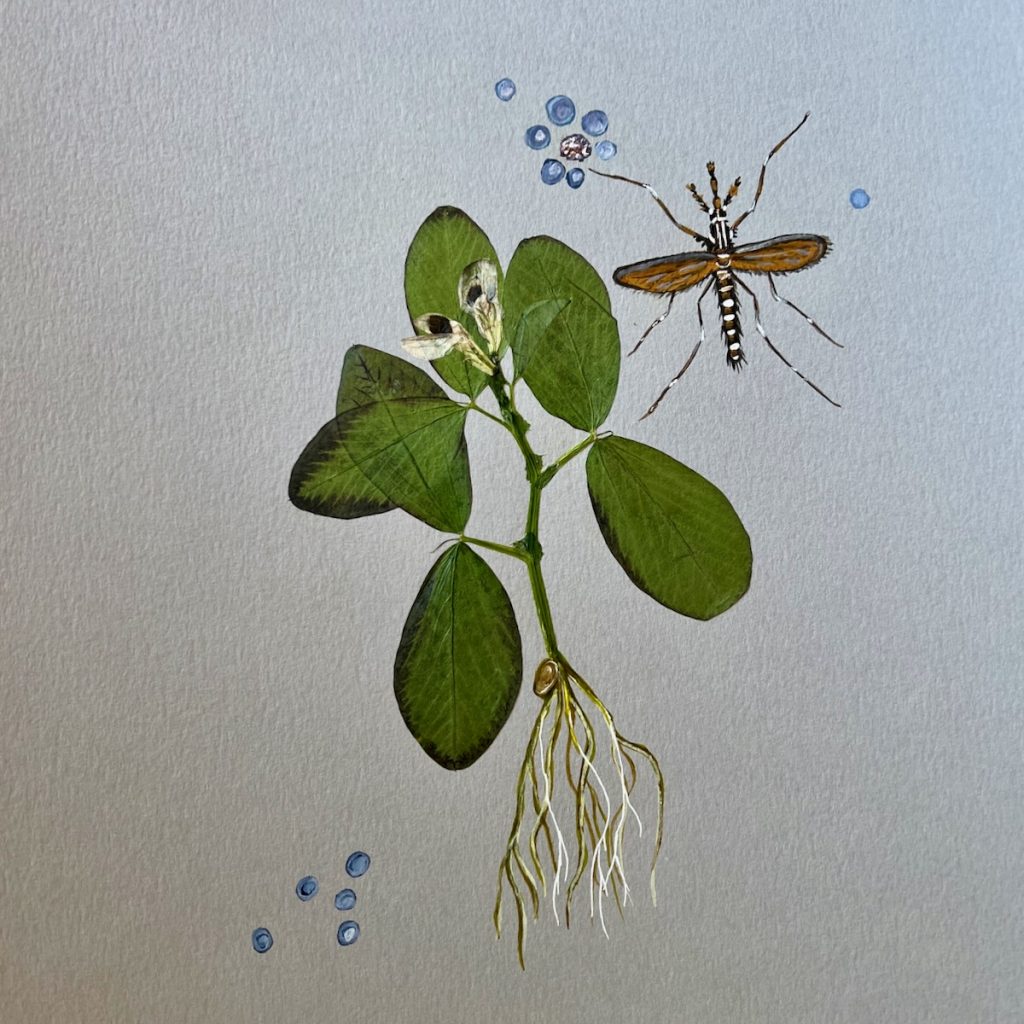
The famous Greek philosopher and mathematician Pythagoras may have had Favism, as he formed a cult known as Pythagoreans who banned the consumption of beans and legend has it he was killed by a group of attackers because he refused to cross a field of beans. Even breathing in the pollen can cause a severe reaction in some sufferers. Some Pythagoreans believed the beans’ association with reincarnation and the soul made eating faba beans close to cannibalism.
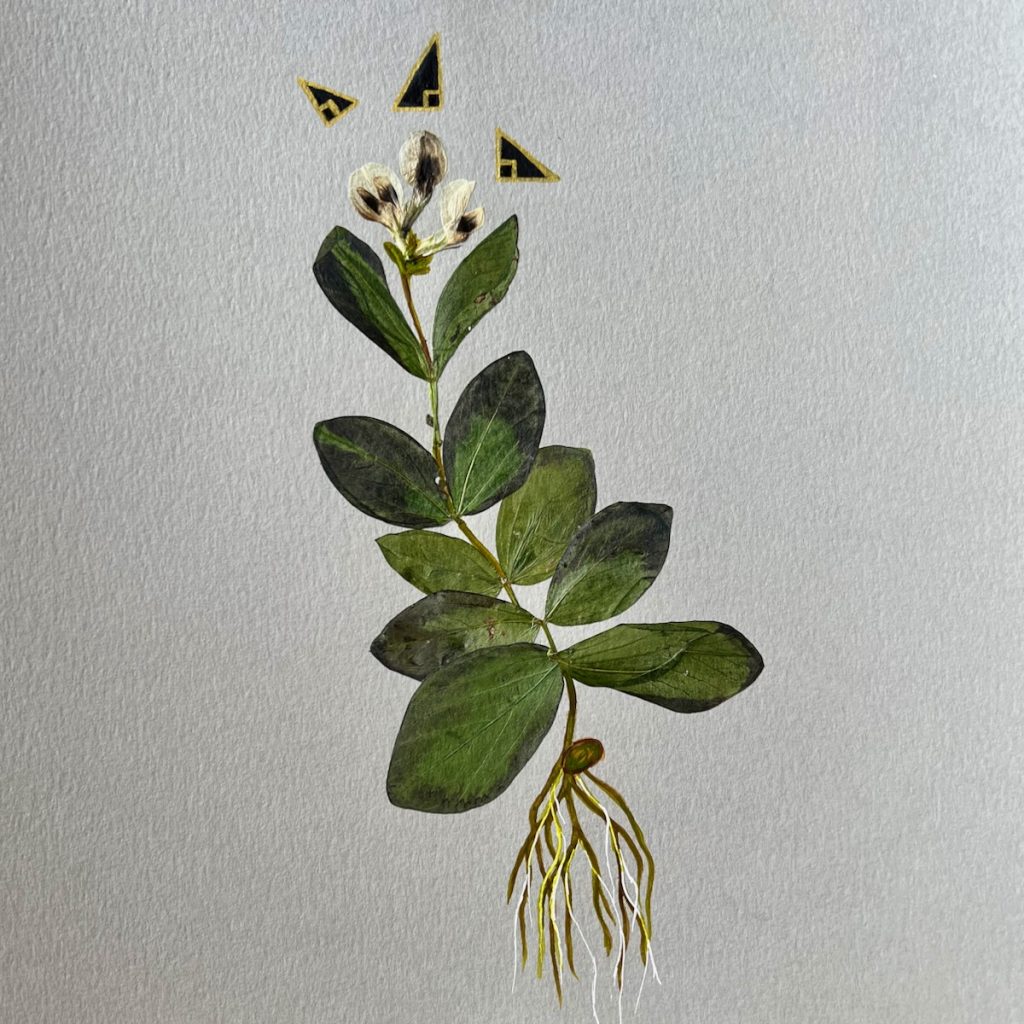
Another issue is that protein uptake inhibiting factors in faba beans affect the ability of our bodies to take up the protein in the plants. This means that plant protein-based foods made using beans are not such a good protein source as they could be. The protein uptake inhibitors can be destroyed by boiling the beans for at least 40 minutes, but boiling foods for a long time is not a popular cooking method these days. Replacing animal protein with plant protein can be very helpful in preventing climate change as they are far more sustainable so the removal of these factors would make the faba beans a much healthier option.
Faba beans can form a symbiotic relationship with rhizobial bacteria where which the bean provides the rhizobia with nutrients and niche while rhizobia provide the host with fixed atmospheric dinitrogen in the form of ammonia. This means they can fix nitrogen and act as pioneer plants in nitrogen deficient areas and improve soil fertility.
Anna Dumitriu collaborated with leading scientific experts at Keygene Wageningen in the Netherlands to explore hands-one how they are using traditional (chemical) mutation techniques combined with cutting edge digital technologies (such as KeyPoint™ Technology and PCR and DNA sequencing) to create new and improved varieties of Vicia faba which are more digestible and do not cause Favism. The scientists look at the whole genome sequence of Vicia faba use bespoke software to predict genes of interest that may produce desired traits. They then expose 80,000 beans to a chemical mutagen, wash away the chemical and grow these seeds in a secure environment.
The DNA of the resulting 2nd generation crop of beans is then tested to look for the desired traits in batches of 4000 beans at a time. The KeyPoint™ Technology enables the scientists to identify the exact plants in the greenhouse when a trait is found in the pooled DNA. Modern CRISPR DNA editing techniques are not currently used in this work due to prohibitive bureaucracy involved in taking gene edited plants to market in many countries rather than any technical barriers.
List of Works
Variants
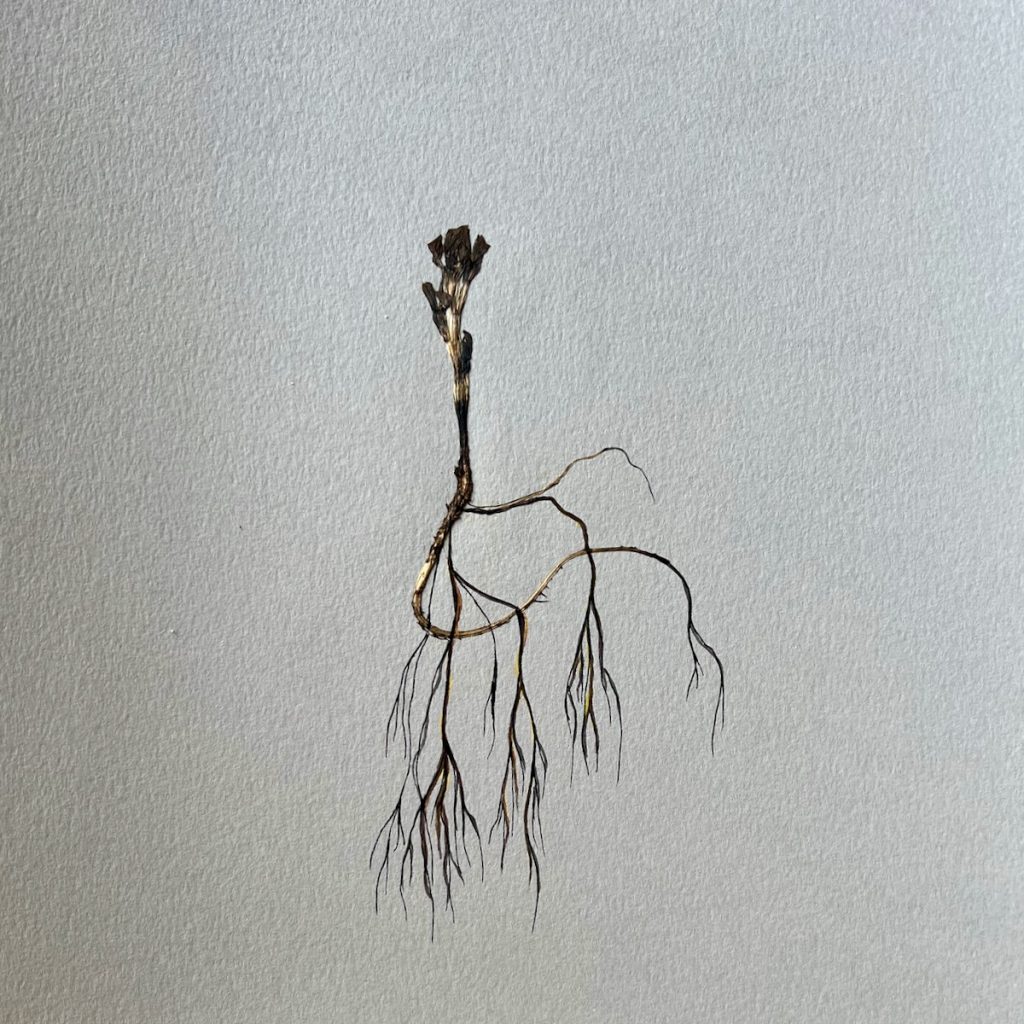
Variants (2023) is a series of ten wall-based works comprising pressings of 2nd generation variants from chemically mutated plants. These include albino (non-chlorophyl-producing) variants, unhealthy variants, variants which may not contain the gene that causes Favism, a plant dedicated to Pythagoras, nitrogen fixing plants (with root nodules containing rhizobial bacteria), and a variant dedicated to the Greek belief that Faba beans were the souls of the dead and the hollow stems of the beans like ladders for the dead to climb out of Hades.
Lucky Beans Necklace

Lucky Beans Necklace (2023) references the belief that it is lucky to carry a bean with you and is inspired by many examples of Victorian bean jewellery. It also acknowledges the role luck plays in scientific discovery and plant breeding even with the use of cutting-edge DNA sequencing tools. The necklace comprises some of the second generation of faba beans produced via traditional chemical mutation techniques to create new variants. Sealed glass beads also contain a PCR product (DNA) of a gene causing Favism, the pooled DNA of 4000 plants which has been tested to look for genes of interest, and pollen grains dyed purple to show they are viable for crossbreeding as Anna Dumitriu also learned how to crossbreed faba bean plants at Keygene. Flowers and leaf material from various new variants including a flower with no black dot on it (indicating a lack of tannins), an albino leaf (without the ability to produce chlorophyll), a flower with a black dot (indicating tannins) have been sealed in resin and hung from the necklace.
4000 Mutants

This bottle contains the pooled DNA of 4000 different variants (mutants) from the 2nd generation plants. The case for the antique pharmaceutical bottle has been hand painted with images of various faba bean variants resulting from the chemical mutagen which was applied to the parent plants.
Uninhibited

For “Uninhibited” (2023) an altered vintage toy oven tells the story of how faba beans were a common food in the Netherlands until around 50 years ago when they fell out of favour due to their association with poverty. The lids on the saucepans rattle as the beans on the stove continuously boil away to make them more digestible, but with the help of science it may become unnecessary to boil the beans for a long time, and as a sustainable food option that helps the soil and mitigates climate change, they may again become popular. Made in collaboration with Alex May.
Out of Fashion
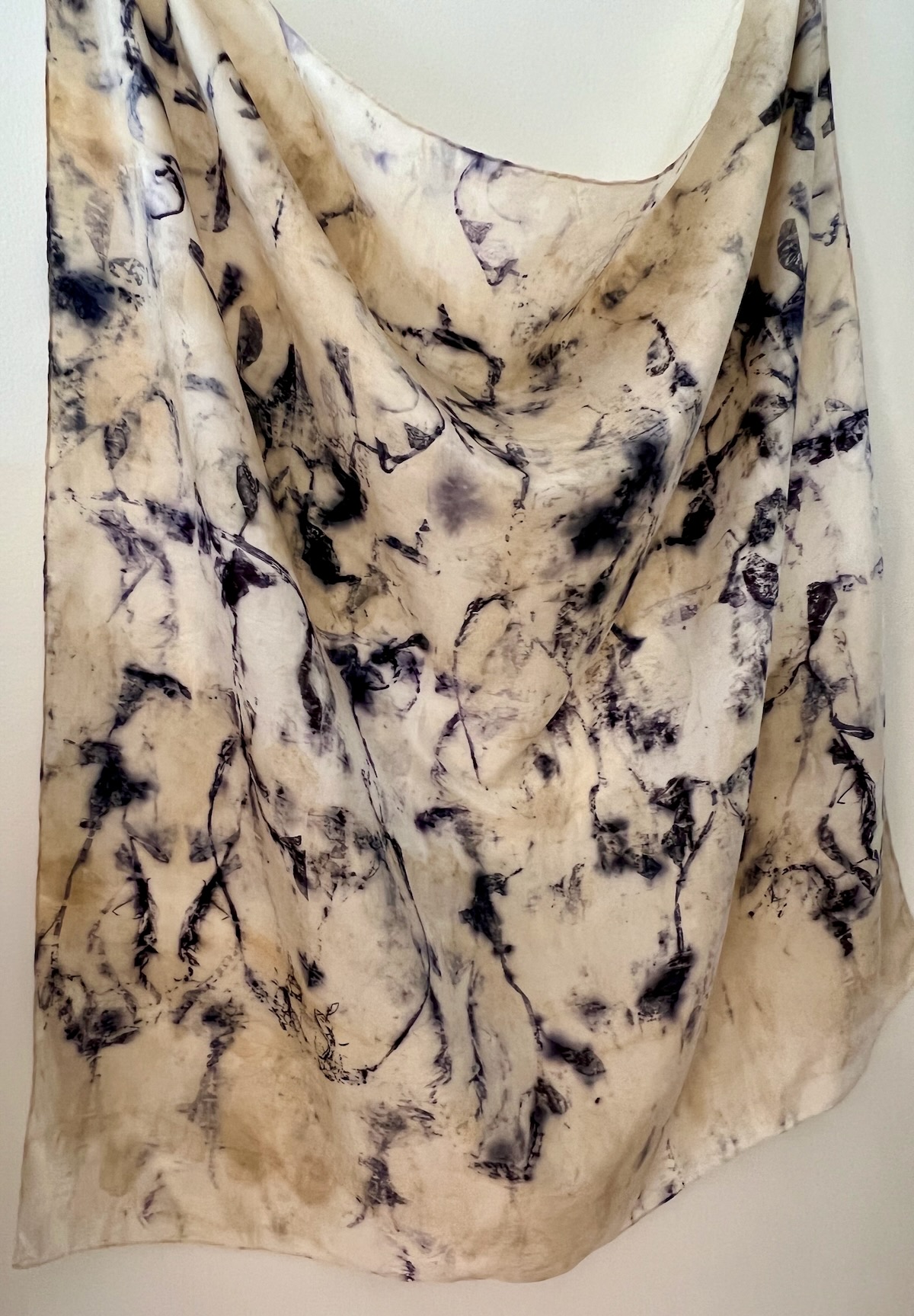
In “Out of Fashion” (2023) 2nd generation faba bean variants have been botanically printed on to silk using fresh leaves with an alum mordant and then dried leaves soaked in logwood. The silk has been impregnated with DNA of Yersinia pestis (plague) that the artist extracted in the lab at the NCTC at the UK Health Security Agency (where she is artist in residence). The silk trade for fine fashions was one of the significant vectors that brought the Black Death to Europe. After the Black Death there was a reduced population and more access to meat and better foods so eating beans fell out of favour as it was associated with poverty.
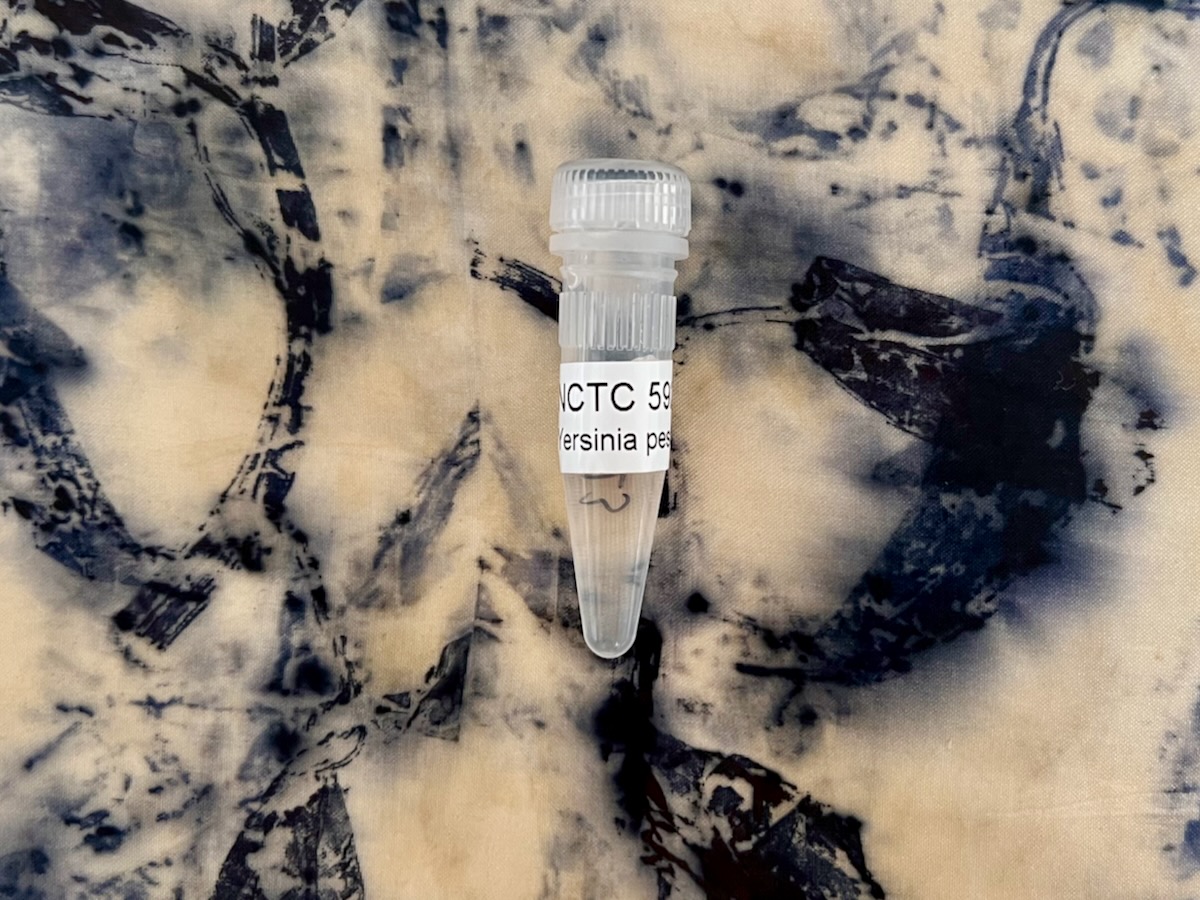
Ladder for Souls
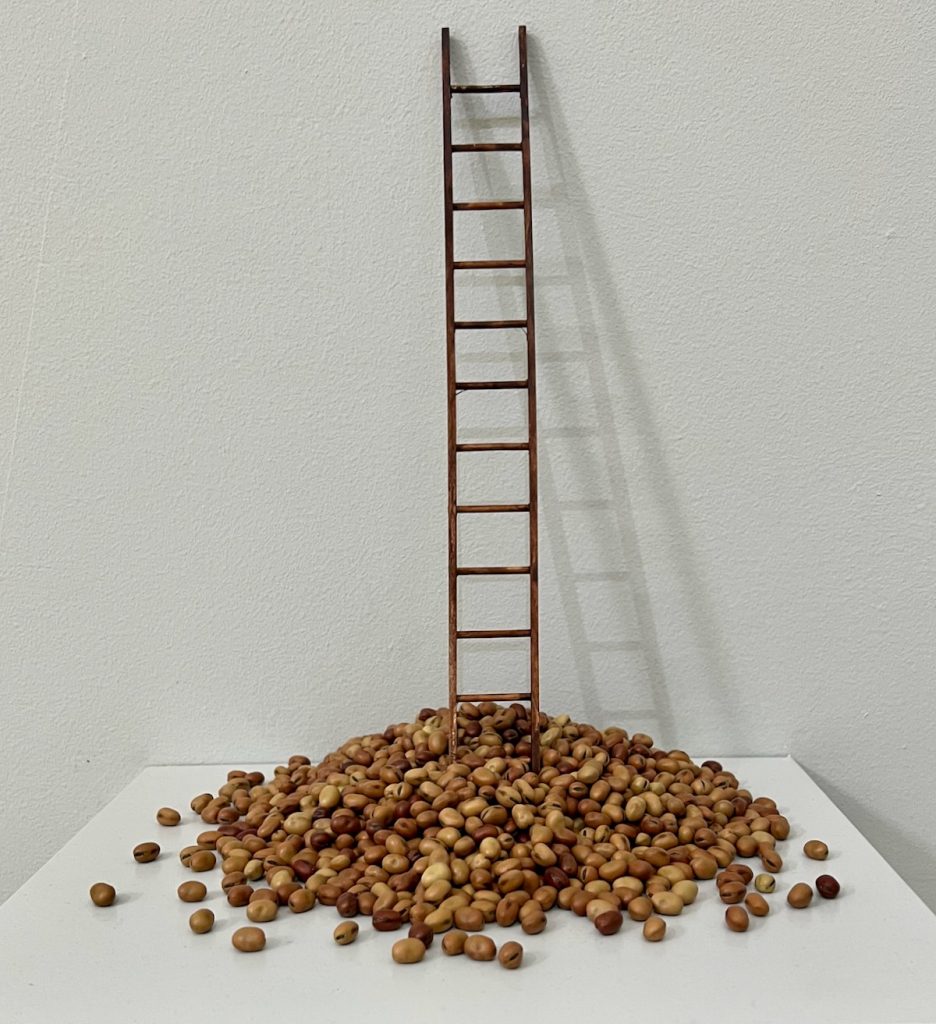
“Ladder for Souls” (2023) is a small intervention which shows 2nd generation mutant faba beans as the souls of the dead in reference to beliefs from classical antiquity. Pythagoreans believed that fava beans could contain the souls of the dead, since they were flesh-like. Due to their black-spotted flowers and hollow stems, some believers thought the plants connected the Earth and Hades, providing ladders for human souls.
Lab Process
This video work merges images of the artist’s research process in the laboratory at Keygene. The soundtrack (data sonification) was generated from the Vicia faba reference genome. Made in collaboration with digital and sound artist Alex May.

Credits
Made in collaboration with Diana Rigola, Erik Toussaint, and Anker Sorensen at Keygene.
Thanks also to Dirk Bosch, Ingrid van der Meer and Twan America at Wageningen University and Research in the Netherlands for their advice on the project.
The project was commissioned by Artphy Foundation for Digestible and supported by Mondrian Fonds.
Exhibitions

Digestible at Artphy (Netherlands) 2023
